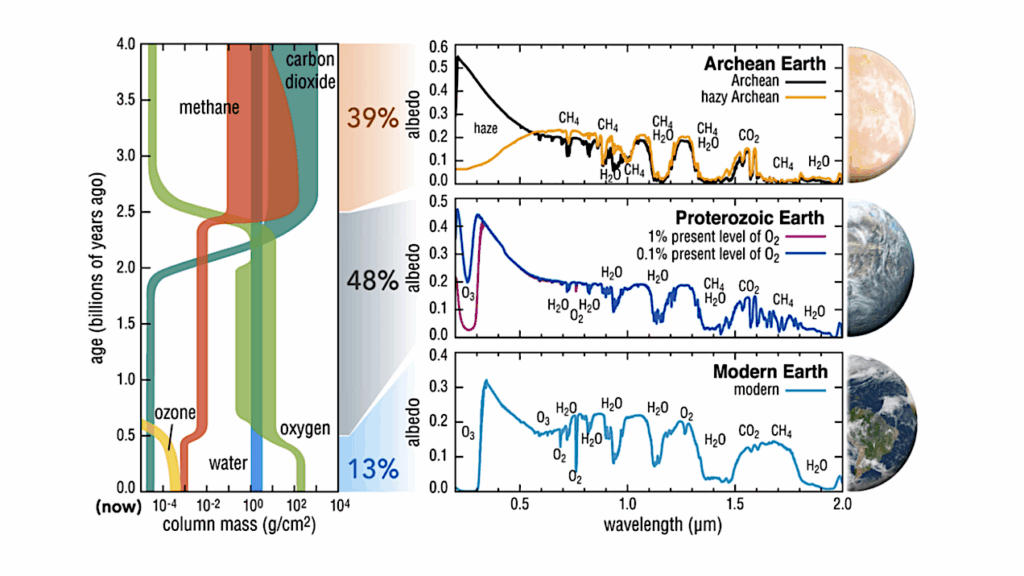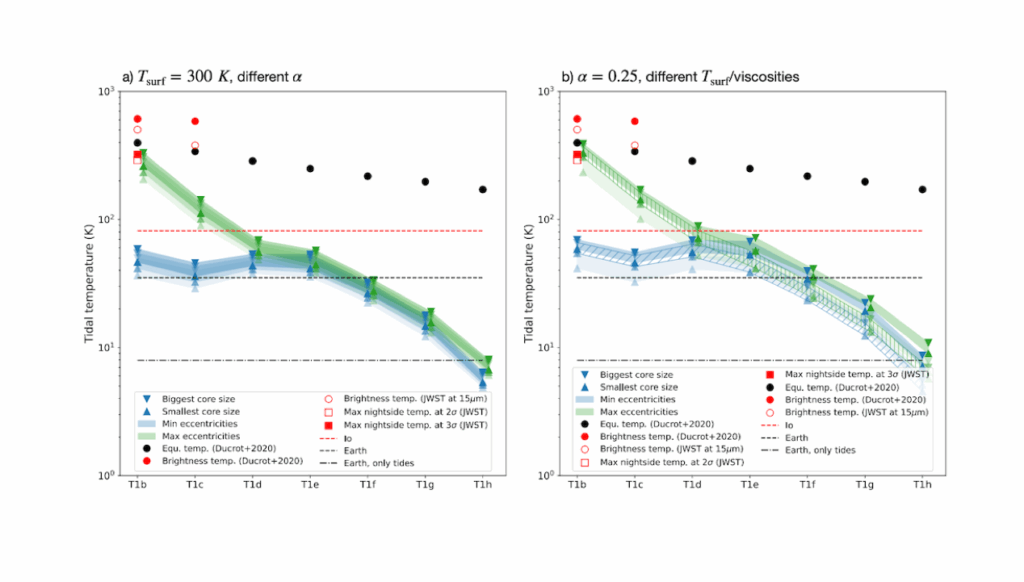Volcano World Update: Lava Lakes On Io

Editor’s note: Is there life on Io? To be certain, Io is a radiation-drenched lava world, yes. But life on Earth manages to thrive in some rather absurdly extreme volcanic environments that are similar in many ways to what we have seen on Io. Have a look at “Microbial Survival in an Extreme Martian Analog Ecosystem: Poás Volcano, Costa Rica“: “To assess the astrobiological potential of Martian acid-sulfate hydrothermal systems, the crater lake of the active Poás Volcano, Laguna Caliente, was sampled in 2013 and 2017. Laguna Caliente presents an extremely dynamic terrestrial environment with near-ambient to boiling temperatures, pH fluctuations from −0.87 to 1.5, a wide range of chemistries and redox potential, and frequent phreatic-to-phreatomagmatic eruptions.” Studying Io and other worlds with volcanos – hot and cold – helps us understand the range of environments on world that might also have habitable regions that could host life “as we know it”.
New findings from NASA’s Juno probe provide a fuller picture of how widespread the lava lakes are on Jupiter’s moon Io and include first-time insights into the volcanic processes at work there. These results come courtesy of Juno’s Jovian Infrared Auroral Mapper (JIRAM) instrument, contributed by the Italian Space Agency, which “sees” in infrared light. Researchers published a paper [Hot rings on Io observed by Juno/JIRAM, Nature (open access)] on Juno’s most recent volcanic discoveries on June 20 in the journal Nature Communications Earth and Environment.
Io has intrigued the astronomers since 1610, when Galileo Galilei first discovered the Jovian moon, which is slightly larger than Earth. Some 369 years later, NASA’s Voyager 1 spacecraft captured a volcanic eruption on the moon. Subsequent missions to Jupiter, with more Io flybys, discovered additional plumes — along with lava lakes. Scientists now believe Io, which is stretched and squeezed like an accordion by neighboring moons and massive Jupiter itself, is the most volcanically active world in the solar system. But while there are many theories on the types of volcanic eruptions across the surface of the moon, little supporting data exists.

Top panels (A–D): Loki Patera. A USGS reference image; B M-band (4.5–5 µm) radiance map; C L-band (3.3 to 3.6 µm) radiance map (band radiance is integrated by the bandpass filter and it is in mW sr−1 m−2); D L/M ratio, and an estimation of the temperature (see Supplementary Fig. S11); gray region indicates where the signal is too low to calculate a significative ratio. Bottom panels (E–H): same for Dazhbog Patera.— Nature Communications
In both May and October 2023, Juno flew by Io, coming within about 21,700 miles (35,000 kilometers) and 8,100 miles (13,000 kilometers), respectively. Among Juno’s instruments getting a good look at the beguiling moon was JIRAM.
Designed to capture the infrared light (which is not visible to the human eye) emerging from deep inside Jupiter, JIRAM probes the weather layer down to 30 to 45 miles (50 to 70 kilometers) below the gas giant’s cloud tops. But during Juno’s extended mission, the mission team has also used the instrument to study the moons Io, Europa, Ganymede, and Callisto. The JIRAM Io imagery showed the presence of bright rings surrounding the floors of numerous hot spots.
“The high spatial resolution of JIRAM’s infrared images, combined with the favorable position of Juno during the flybys, revealed that the whole surface of Io is covered by lava lakes contained in caldera-like features,” said Alessandro Mura, a Juno co-investigator from the National Institute for Astrophysics in Rome. “In the region of Io’s surface in which we have the most complete data, we estimate about 3% of it is covered by one of these molten lava lakes.” (A caldera is a large depression formed when a volcano erupts and collapses.)
Hot rings on Io observed by Juno/JIRAM, Nature Communications (open access)
Astrobiology, Astrogeology,








